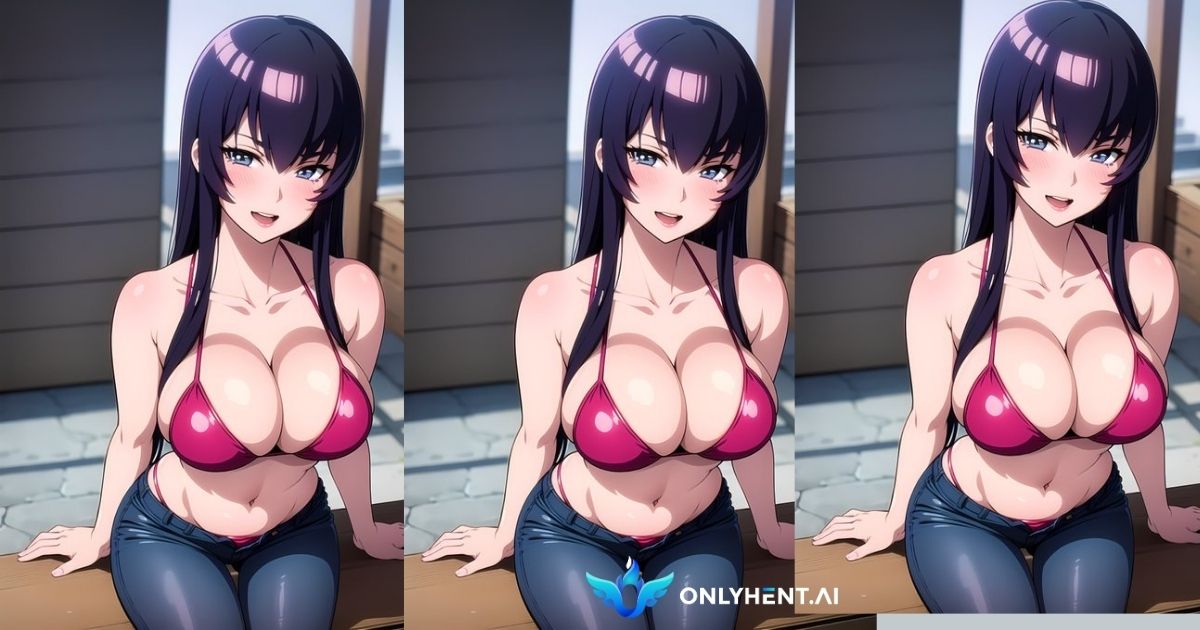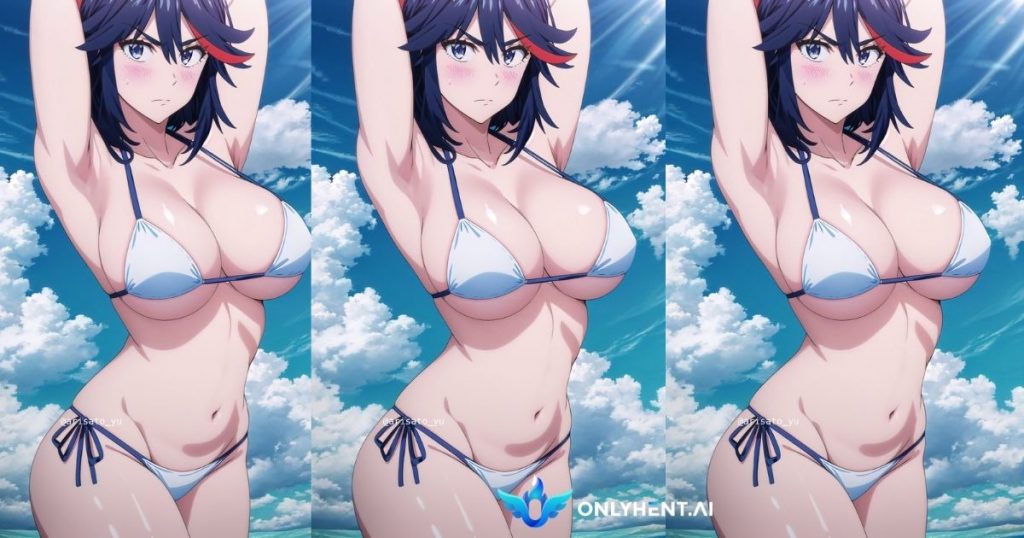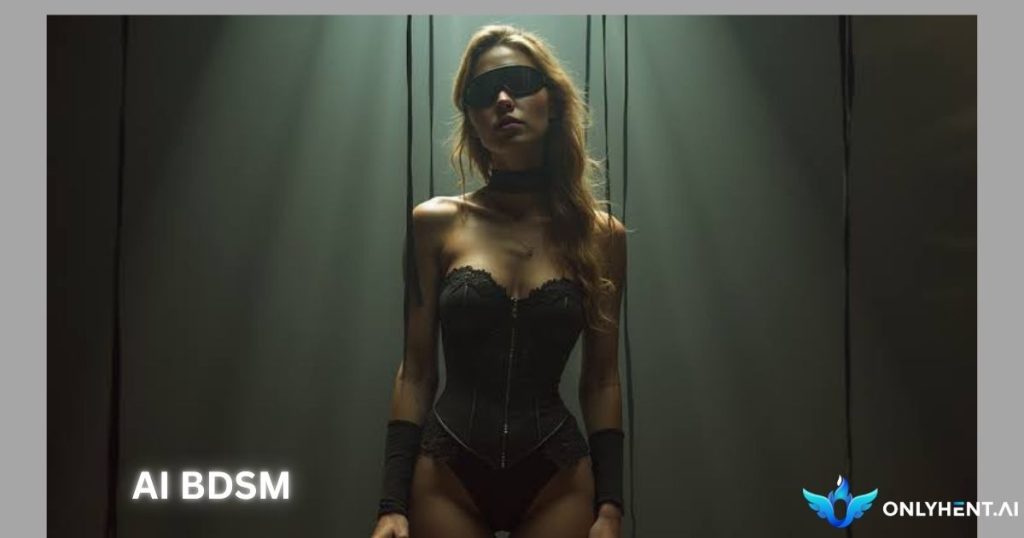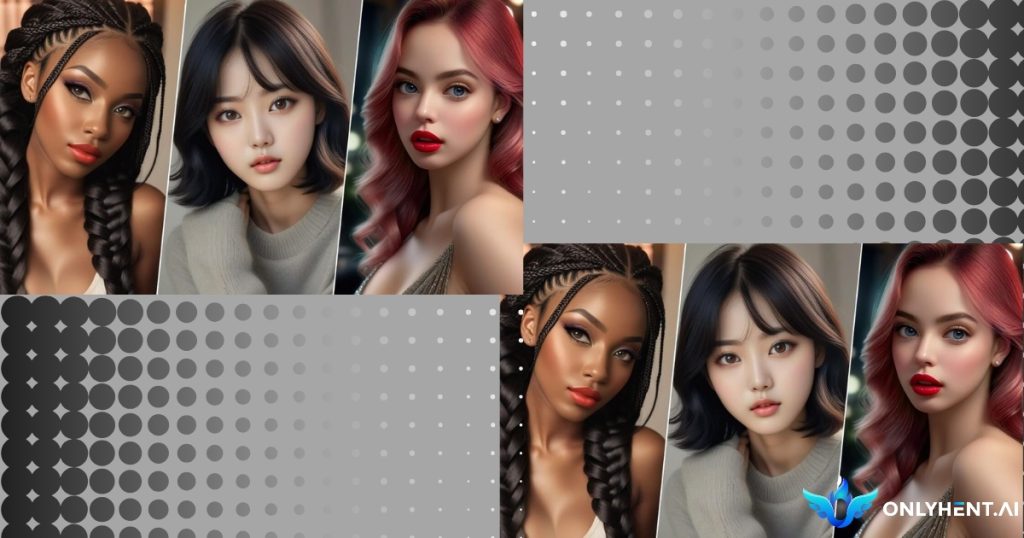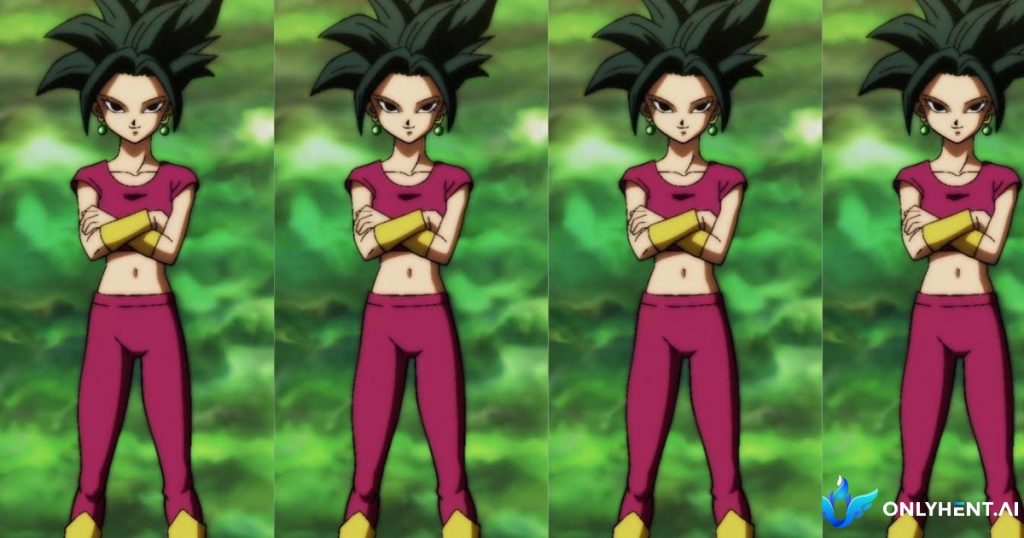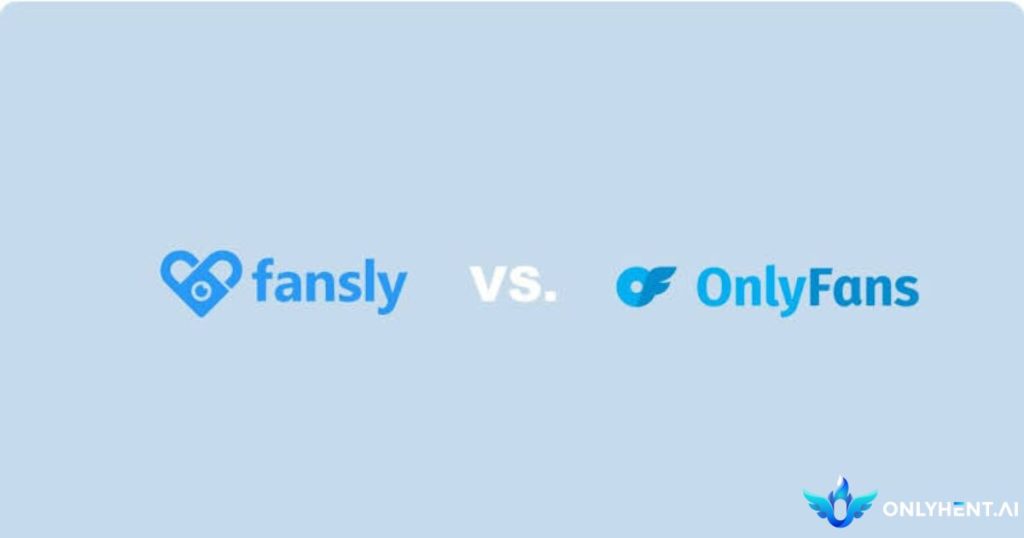Anime adaptations refer to the transformation of various source materials, such as manga, light novels, visual novels, or games, into animated series or films. The significance of anime adaptations lies in their ability to bring beloved stories and characters to life, captivating audiences with dynamic visuals and immersive storytelling. This process serves as a bridge between different mediums, allowing fans to experience their favorite narratives in a new and engaging format.
Rise in Popularity and Frequency of Anime Adaptations
In recent years, there has been a remarkable surge in the popularity and frequency of anime adaptations. This trend is attributed to the global growth of the anime fanbase and the industry’s recognition of the potential in adapting diverse source materials. With an expanding audience eager for fresh content, creators increasingly turn to existing stories, contributing to the rise of adaptations across various genres. This surge not only caters to existing fans but also introduces these narratives to new audiences worldwide.
Purpose and Scope of the Article
The purpose of this article is to delve into the intricacies of anime adaptations, exploring their definitions, the array of source materials involved, and the historical evolution of this dynamic phenomenon. By providing insights into the world of anime adaptations, we aim to shed light on the creative processes, challenges, and impact of transforming diverse source materials into animated masterpieces. The scope encompasses the multifaceted nature of anime adaptations, from their origins to their current significance in the global entertainment landscape.
Understanding Anime Adaptations
An anime adaptation involves the transformation of a pre-existing work, typically a manga, light novel, visual novel, or game, into an animated format. This process requires translating the essence of the source material into the unique language of animation, capturing the narrative, characters, and themes in a visually compelling manner. Anime adaptations aim to honor the original while infusing the storytelling with the creative nuances of animation.
Anime adaptations draw from a diverse array of source materials, each with its own characteristics. Manga adaptations are prevalent, utilizing the rich visual storytelling of manga to create animated counterparts. Light novels offer a textual foundation that challenges animators to visualize intricate narratives. Visual novels and games bring interactive storytelling, requiring adaptation techniques that preserve player engagement. Understanding the nuances of each source material is crucial in comprehending the adaptation process.
Historical Context: Evolution of Anime Adaptations Over the Years
The evolution of anime adaptations is deeply rooted in the rich history of the medium. Early adaptations were often constrained by limited resources and technology, leading to a focus on faithful visual renditions. As the anime industry grew, adaptations became more ambitious, experimenting with diverse genres and narrative approaches. The historical context reveals an evolution from straightforward visual translations to sophisticated adaptations that leverage animation’s unique capabilities to enhance storytelling.
Manga to Anime Adaptations
Manga to anime adaptations possess distinct advantages and challenges. The advantage lies in the visual storytelling already present in manga, making it a natural fit for animation. However, challenges arise in faithfully translating static images to dynamic animation, ensuring the pacing aligns with the original work, and managing fan expectations. Striking this balance is essential for the success of the adaptation.
Fan Reception
Numerous manga to anime adaptations have achieved widespread acclaim. Anime adaptations such as “My Hero Academia” and “Attack on Titan” garnered immense popularity due to their faithful representation of the source material. The positive fan reception reflects the success of these adaptations in capturing the essence of the manga while utilizing animation to enhance the overall viewing experience.
Light Novels to Anime Adaptations
Light novels bring unique characteristics to anime adaptations. These novels often feature more intricate narrative details, inner monologues, and world-building elements that challenge animators to convey textual nuances visually. The transition from written prose to animation requires a delicate balance to retain the essence of the light novel while leveraging animation’s strengths.
Successes and Differences from Manga Adaptations
Successful light novel to anime adaptations, such as “The Rising of the Shield Hero” and “Sword Art Online,” showcase the medium’s adaptability. Differences from manga adaptations include the need to convey extensive lore and character thoughts, often leading to strategic narrative choices. Despite these challenges, the anime industry has effectively brought many light novels to life, captivating audiences with immersive storytelling.
Visual Novels and Games to Anime Adaptations
Adapting visual novels and games to anime involves addressing the interactive nature of the source material. The challenge lies in translating player agency and choices into a linear narrative while maintaining coherence. The adaptation process requires careful consideration of pacing, character development, and the preservation of key story elements from the interactive experience.
Standout Anime Adaptations from Visual Novels and Games
Notable successes in this category include adaptations like “Steins; Gate” and “Persona 5: The Animation.” These adaptations manage to capture the essence of the interactive experience by crafting compelling narratives. The use of animation allows for dynamic action sequences and detailed character expressions, enhancing the storytelling elements inherent in visual novels and games.
Artistic and Stylistic Considerations
Maintaining Artistic Consistency
One of the paramount challenges in anime adaptations is the preservation of the original art style from the source material. The transition from manga, light novels, or games to animation necessitates a meticulous approach to retain the unique visual identity. Animators face the challenge of adapting character designs, backgrounds, and overall aesthetics while staying faithful to the creator’s vision. Striking a balance between adaptation and artistic fidelity requires a keen eye and technical expertise.
Success Stories in Achieving Consistency
Despite the challenges, several anime adaptations have successfully maintained artistic consistency with their source materials. Anime like “One Punch Man” exemplifies this success by translating Yusuke Murata’s intricate manga art into fluid and dynamic animation. The careful attention to detail and collaboration between manga creators and animation studios contribute to achieving a seamless transition, delighting fans with a visually consistent and appealing adaptation.
Animation Quality and Techniques
The choice of source material significantly influences animation techniques in adaptations. Manga adaptations may leverage existing panel compositions for dynamic sequences, while light novel adaptations might require more intricate character animations to compensate for a lack of visual references. Visual novels and games adaptations often involve the integration of interactive elements, influencing animation techniques to enhance viewer engagement.
Comparing Animation Styles in Different Adaptations
The diversity of animation styles across various adaptations adds richness to the anime landscape. A comparison of adaptations like “Tokyo Ghoul,” known for its dark and atmospheric animation, with the vibrant and energetic style of “My Youth Romantic Comedy Is Wrong, As I Expected,” highlights the adaptability of animation techniques. The distinct styles contribute to the overall appeal and thematic resonance of each adaptation.
Narrative Changes and Enhancements
Anime adaptations often involve choices in storytelling to fit the constraints of episode structures and runtime. Alterations to the plot and pacing may be necessary to ensure a cohesive narrative flow. Successful adaptations like “Fullmetal Alchemist: Brotherhood” demonstrate how thoughtful alterations can enhance the overall storytelling experience, providing a fresh perspective for both new and existing fans.
Balancing Fidelity to the Creative Freedom
The delicate balance between fidelity to the source material and creative freedom is a constant consideration in anime adaptations. Straying too far risks alienating devoted fans, while strict adherence may limit the potential of the adaptation. Successful series like “Hunter x Hunter” showcase how this balance can be achieved, with adaptations that respect the source material while incorporating creative elements that elevate the anime.
Filling Gaps and Expanding Narratives
Anime adaptations often have the opportunity to explore additional content not present in the source material. This may include side stories, character backgrounds, or alternative perspectives that enrich the overall narrative. An example is “Attack on Titan,” where anime-exclusive scenes provide supplementary context and deepen the emotional impact of pivotal moments.
Addressing Fan Reactions to Narrative Changes
Narrative changes and expansions in anime adaptations can elicit varied reactions from fans. The introduction of new content may be celebrated for adding depth, while deviations from the source material may spark debates. Successful adaptations, like “My Hero Academia,” navigate these challenges by engaging with fan feedback, demonstrating how a balance between fan expectations and narrative creativity can contribute to the overall success of an adaptation.
Fan Expectations from Adaptations
Navigating fan expectations is a delicate art in anime adaptations. Fans often harbor specific expectations based on their attachment to the source material. Striking a balance between meeting these expectations and taking creative liberties is crucial. Successful adaptations, such as “Demon Slayer,” exemplify how a thoughtful approach to source material can captivate both existing fans and newcomers, respecting the essence while introducing fresh elements.
Impact of Community Discussions and Reactions
The anime community plays a pivotal role in shaping the reception of adaptations. Community discussions, whether on online forums or social media platforms, provide a space for fans to share their perspectives. Studios and creators often engage with these discussions, gaining insights into audience preferences. The active involvement of creators in community interactions can positively influence the adaptation process and foster a sense of collaboration.
Common Criticisms of Anime Adaptations
Anime adaptations are not immune to criticism, with common grievances including pacing issues, alterations to beloved scenes, or perceived deviations from the source material. Addressing these criticisms requires a nuanced understanding of fan concerns. The transparency of communication between creators and fans, as seen in the production of “One Piece,” can mitigate some critiques and foster a more supportive relationship.
Controversies and fan backlash often arise when adaptations deviate significantly from fan expectations. A case in point is the controversy surrounding the final season of “Game of Thrones.” In the anime realm, addressing controversies may involve transparent communication, acknowledging fan concerns, and, in some instances, course correction in subsequent episodes or seasons.
Boost in Popularity and Sales
Anime adaptations can have a profound impact on the original source material, often resulting in a boost in popularity and sales. Exposure through animation introduces the story to a broader audience, enticing them to explore the source material. Series like “Naruto” and “One Punch Man” witnessed a surge in manga sales following the success of their anime adaptations, showcasing the symbiotic relationship between the two mediums.
Increased Manga/Light Novel Sales Post-Adaptation
Numerous case studies underscore the correlation between successful anime adaptations and increased sales of the original source material. The anime adaptation of “Demon Slayer,” for instance, propelled the manga to unprecedented sales heights, demonstrating the immense promotional power of a well-received anime.
How Anime Adaptations Impact the Original Creators
The impact of anime adaptations on original creators can be profound. The increased visibility and success of an adaptation can elevate the status of the original creator within the industry. Creators often witness a surge in recognition and may find new opportunities for collaboration or creative ventures.
Collaborative Relationships Between Creators and Animation Studios
Collaborative relationships between creators and animation studios contribute to the success of anime adaptations. Clear communication, mutual respect, and shared creative visions form the foundation of these collaborations. The synergy between mangaka (manga creators) and animation studios, as seen in the partnership between Hajime Isayama and Wit Studio for “Attack on Titan,” exemplifies how a harmonious relationship can yield exceptional results.
Successful Adaptations
“Fullmetal Alchemist: Brotherhood”
“Fullmetal Alchemist: Brotherhood” stands as a shining example of a well-received and faithful adaptation. Based on Hiromu Arakawa’s manga, the series garnered widespread acclaim for its meticulous adherence to the source material. Fans appreciated the faithful portrayal of characters, intricate plot developments, and the preservation of the manga’s philosophical themes. The series’ success is rooted in its commitment to maintaining artistic consistency and delivering a narrative that resonated with both existing fans and newcomers.
“My Hero Academia”
“My Hero Academia,” adapted from Kohei Horikoshi’s manga, has achieved immense popularity for its faithful representation and dynamic animation. The series not only captures the essence of the source material’s superhero narrative but also enhances it through vibrant visuals and well-choreographed action sequences. The careful balance between fidelity to the manga and creative adaptations for animation has contributed to the series’ widespread acclaim.
Factors Contributing to Their Success
The success of these adaptations is rooted in their unwavering commitment to the source material. From character designs to plot progression, these series prioritize maintaining the authenticity of the original work. This approach resonates with fans who appreciate seeing their favorite stories brought to life with precision.
Collaboration and Communication
Successful adaptations often involve effective collaboration and communication between the original creators and animation studios. Open dialogue allows for a shared understanding of the creative vision, ensuring that the adaptation aligns with the creator’s intentions. Strong collaborative relationships contribute to a seamless translation of manga or light novel narratives into the animated medium.
Attention to Artistic Detail
Paying attention to artistic detail is crucial for the success of an adaptation. Studios that invest in replicating the original art style while leveraging animation techniques to enhance visual appeal contribute to the overall success of the series. “Fullmetal Alchemist: Brotherhood” and “My Hero Academia” are praised for their attention to the artistic nuances of the source material.
Engagement with Fanbase
Interacting with the fanbase and understanding their expectations play a vital role in the success of an adaptation. Studios that actively engage with fans, participate in community discussions, and address concerns contribute to a positive reception. The transparency in communication fosters a supportive relationship between creators and fans.
These case studies illustrate that the success of anime adaptations goes beyond mere visual fidelity. It involves a careful interplay of creative decisions, collaborative efforts, and a deep understanding of the fanbase.
Industry Trends and Market Dynamics
Anime adaptations wield significant economic influence within the industry. The financial success of an adaptation is contingent on factors such as merchandise sales, streaming rights, and international licensing agreements. Studios carefully strategize to maximize revenue streams, considering the cost of production and potential returns. The economic impact extends beyond individual adaptations, contributing to the overall financial health and sustainability of the anime industry.
Influence on Production Companies and Studios
The success or failure of anime adaptations can shape the trajectory of production companies and studios. Financially lucrative adaptations bolster the reputation and financial stability of studios, attracting potential collaborations and projects. Conversely, missteps in adaptations may prompt a reevaluation of strategies, leading to shifts in creative approaches or production partnerships. The industry impact reflects the intricate relationship between adaptation success and the dynamics of production entities.
Global Appeal and Cultural Adaptations
Anime adaptations are increasingly designed to cater to a global audience. The recognition of an international fanbase prompts studios to consider cultural nuances, preferences, and localization efforts. Subtitles, dubbing, and accessibility on global streaming platforms contribute to making anime adaptations more inclusive. The intentional design for global appeal broadens the reach of adaptations beyond their domestic origins.
Cultural Considerations in Adaptation Choices
Cultural considerations play a pivotal role in the adaptation process. Studios navigate cultural differences and sensitivities to ensure that the narrative resonates with diverse audiences. The localization of humor, references, and societal norms requires a thoughtful approach to bridge cultural gaps. Successful adaptations, like “Your Name,” showcase the impact of cultural considerations in creating universally appealing stories.
Future Trends and Innovations
Technological advancements continuously shape the future of anime adaptations. Enhanced animation techniques, augmented reality, and virtual reality experiences are on the horizon. The integration of AI and machine learning may revolutionize animation processes, offering more efficient production pipelines. The exploration of these technologies presents exciting possibilities for elevating the visual and storytelling aspects of future adaptations.
Potential Trends in Storytelling, Animation, and Distribution
Future trends in anime adaptations may encompass innovative storytelling techniques, immersive animation styles, and novel distribution models. Collaborative efforts between animators, writers, and technology experts may lead to groundbreaking narrative formats. The adoption of blockchain technology and decentralized distribution platforms could disrupt traditional distribution models, offering creators and audiences new avenues for engagement.
Collaborative Projects and Crossovers
Collaborative ventures between source material creators and animation studios are becoming more prevalent. Close collaboration allows creators to actively contribute to the adaptation process, ensuring a cohesive translation of their vision. This collaborative spirit fosters a symbiotic relationship, benefiting both parties and leading to adaptations that resonate with the original creator’s intent.
The Potential for Cross-Medium Storytelling
The potential for cross-medium storytelling is a frontier being explored in the anime industry. Collaborative projects that span manga, light novels, anime, and even video games create immersive transmedia experiences. The interconnected storytelling approach allows fans to engage with a narrative across multiple platforms, deepening their connection to the fictional worlds presented in adaptations.
Final Thoughts
In concluding our exploration of anime adaptations, it’s essential to reflect on the key points that define this dynamic landscape. Anime adaptations, whether from manga, light novels, or games, serve as bridges between different mediums, bringing beloved stories to life through animation. The comparison of various source materials, such as manga to anime and light novels to anime, highlights the nuanced challenges and creative considerations involved in the adaptation process. Each adaptation brings a unique set of advantages and challenges, contributing to the diverse tapestry of anime offerings.
The anime industry’s adaptability and evolution are evident in the dynamic nature of anime adaptations. Over the years, we’ve witnessed a surge in the popularity and frequency of adaptations, driven by the growing global fanbase. Successful adaptations, like “Fullmetal Alchemist: Brotherhood” and “My Hero Academia,” showcase the industry’s capacity to deliver faithful renditions while embracing creative innovations. The ongoing interplay between fan expectations, critiques, and the collaborative efforts of creators and studios underscores the dynamic and ever-evolving nature of anime adaptations.
As we conclude this exploration, we encourage readers to delve into the rich tapestry of diverse source materials and adaptations within the anime realm. Whether it’s exploring the intricate storytelling of manga, the immersive narratives of light novels, or the interactive experiences of visual novels and games, each source material offers a unique journey into captivating worlds. By engaging with adaptations, both as fans and creators, we contribute to the vibrant ecosystem of anime, fostering a deeper appreciation for the creative processes that bring these stories to life.
In the ever-expanding universe of anime adaptations, where storytelling transcends mediums and global audiences connect through shared narratives, the journey is boundless. Let the exploration of diverse source materials and adaptations be a continual source of joy, discovery, and appreciation for the artistry that defines anime adaptations in the dynamic landscape of the anime industry.
Check out detailed information on CGI in Anime.
- Understanding Anime Adaptations
- Manga to Anime Adaptations
- Light Novels to Anime Adaptations
- Successes and Differences from Manga Adaptations
- Artistic and Stylistic Considerations
-
Animation Quality and Techniques
- Comparing Animation Styles in Different Adaptations
- Narrative Changes and Enhancements
- Balancing Fidelity to the Creative Freedom
- Filling Gaps and Expanding Narratives
- Addressing Fan Reactions to Narrative Changes
- Fan Expectations from Adaptations
- Impact of Community Discussions and Reactions
- Common Criticisms of Anime Adaptations
- Boost in Popularity and Sales
- How Anime Adaptations Impact the Original Creators
- Successful Adaptations
- Industry Trends and Market Dynamics
- Potential Trends in Storytelling, Animation, and Distribution
- Collaborative Projects and Crossovers
- Final Thoughts

